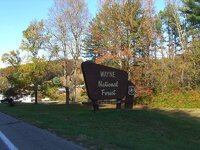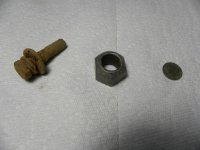cooper36
Hero Member
The law says that you can detect developed areas as long as they are not historical or are marked. My Question is would the side of the road where pull offs for hunters, fishermen ect. be considered to be a developed area? this is us Forrest Land. Thanks


 But all this debate aside for a minute on:
But all this debate aside for a minute on: 


 got the stink eye from him
got the stink eye from him



